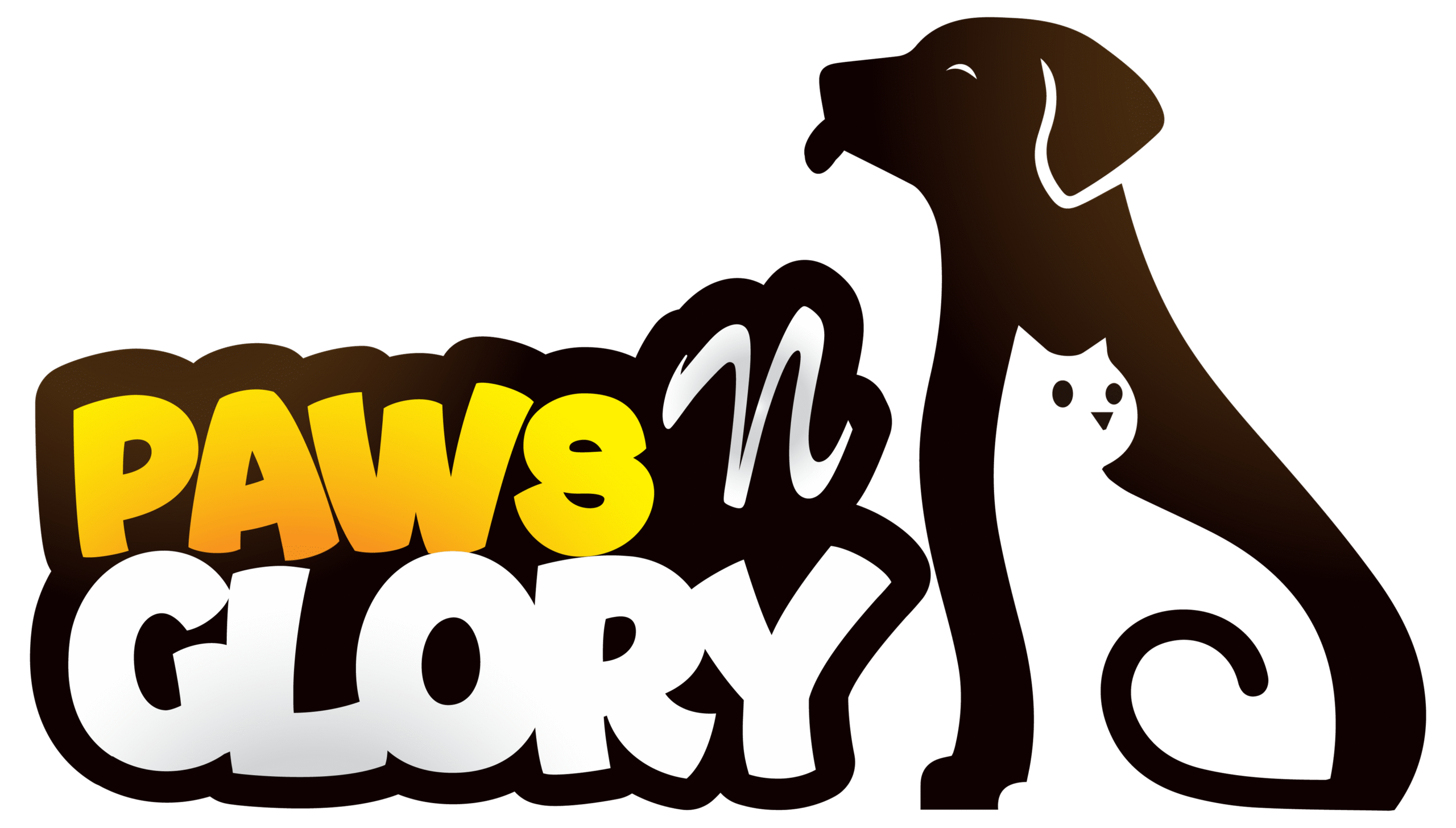The Ultimate Guide to Pet Toys: Keep Your Furry Friends Happy and Active
- Home
- The Ultimate Guide to Pet Toys: Keep Your Furry Friends Happy and Active
Pets are more than just animals—they’re beloved members of the family. Just like us, they need stimulation, exercise, and entertainment to lead a happy and healthy life. That’s where pet toys come in. Whether you have a playful pup, a curious kitten, or a mellow older pet, choosing the right toys can significantly improve their overall well-being.
In this blog, we’ll explore the importance of pet toys, types of toys for different pets, how to choose safe and effective options, and tips to keep playtime fun and engaging.
Why Pet Toys Matter
Pet toys do more than entertain. They serve several important purposes:
Physical Exercise: Toys encourage movement, helping pets burn off energy and stay in shape.
Mental Stimulation: Interactive toys challenge your pet’s brain, preventing boredom and destructive behavior.
Behavioral Improvement: Toys can help reduce stress, anxiety, and aggression, especially in pets that are home alone often.
Bonding Opportunity: Playing with your pet using toys strengthens your connection and builds trust.
Without toys, pets can become bored, anxious, or even depressed. Providing a range of toys helps them stay mentally sharp and physically active.
Types of Pet Toys and Their Benefits
There’s a wide variety of pet toys available, each designed for specific needs and pet personalities. Here’s a breakdown of the most common types:
1. Chew Toys
Ideal for dogs, chew toys help with teething in puppies and maintain dental health in adults. They also satisfy natural chewing instincts, preventing damage to furniture or shoes.
Popular examples: Rubber bones, rope toys, flavored dental chews.
2. Plush Toys
Soft and cuddly, plush toys are perfect for pets that enjoy carrying something around or snuggling with a companion. However, these are best for gentle chewers.
Popular examples: Stuffed animals, squeaky plushes, comfort toys.
3. Interactive Toys
These toys are designed to keep pets engaged with sounds, movement, or puzzles. Interactive toys are great for mental stimulation.
Popular examples: Treat-dispensing puzzles, motion-activated toys, laser pointers (for cats).
4. Fetch Toys
Fetch toys promote active play and are great for outdoor exercise. Dogs, especially retrievers, love chasing after balls or flying discs.
Popular examples: Tennis balls, frisbees, rubber sticks.
5. Tug Toys
Tug-of-war toys encourage bonding between you and your pet and are great for strength-building and cooperative play.
Popular examples: Rope toys, handle tuggers, dual-end plush tugs.
6. Cat-Specific Toys
Cats love to stalk, chase, and pounce. Toys that mimic prey or stimulate their hunting instincts are ideal.
Popular examples: Feather wands, catnip mice, tunnels, and rolling balls.
How to Choose the Right Toys
Choosing the right toy depends on your pet’s age, size, breed, and behavior. Here are a few tips to guide you:
Age-Appropriate: Puppies and kittens need soft, safe toys for teething, while adult pets may enjoy more challenging or interactive ones.
Size Matters: Toys should not be too small to avoid choking hazards, especially for larger breeds.
Durability: If your pet is a heavy chewer, invest in tougher, chew-resistant toys to prevent breakage and swallowing.
Material Safety: Avoid toys with toxic materials, sharp edges, or loose parts. Always opt for BPA-free, pet-safe plastics and fabrics.
Interests and Energy Level: Active pets may prefer fetch or tug toys, while calmer pets may enjoy plush toys or gentle puzzles.
Tips for Safe Playtime
Safety should always come first. Keep these precautions in mind during playtime:
Supervise Play: Especially with new or fragile toys, always watch your pet until you know it’s safe.
Inspect Regularly: Check for signs of wear and tear. Replace broken or damaged toys immediately.
Rotate Toys: Keep things exciting by rotating toys every few days to prevent boredom.
Avoid Dangerous Toys: Steer clear of toys with small buttons, strings, or removable parts that can be swallowed.
DIY Pet Toys on a Budget
Not all great pet toys need to be bought from a store. You can make simple, fun toys at home using everyday items:
T-shirt Tug Toy: Braid old t-shirts into a fun tugging rope.
Toilet Paper Roll Puzzle: Stuff treats inside a toilet roll tube and fold the ends.
Sock Toy: Fill an old sock with crinkly paper or catnip and tie a knot.
Cardboard Box Maze: Cut holes in a box and drop in toys or treats to stimulate curiosity.
Just remember to use non-toxic and pet-safe materials when crafting DIY toys.
When to Replace Pet Toys
Over time, even the best toys wear out. Replace toys if they show:
Loose threads or stuffing
Cracks or broken pieces
Sharp edges from chewing
Fading or damage from washing
Old or damaged toys can be a choking or ingestion risk, so keeping them in good condition is key to your pet’s safety.
Conclusion: Happy Pets, Happy Home
Pet toys aren’t just a luxury—they’re a necessity. They help keep your pet happy, healthy, and mentally sharp while strengthening the bond you share. Whether you’re picking out a treat puzzle, a chew toy, or a feather wand, the right toy can make a big difference in your pet’s daily life.
Explore the wide range of pet toys at Kevin Store, where we offer premium quality at prices that fit every budget. Because your pets deserve nothing but the best.
